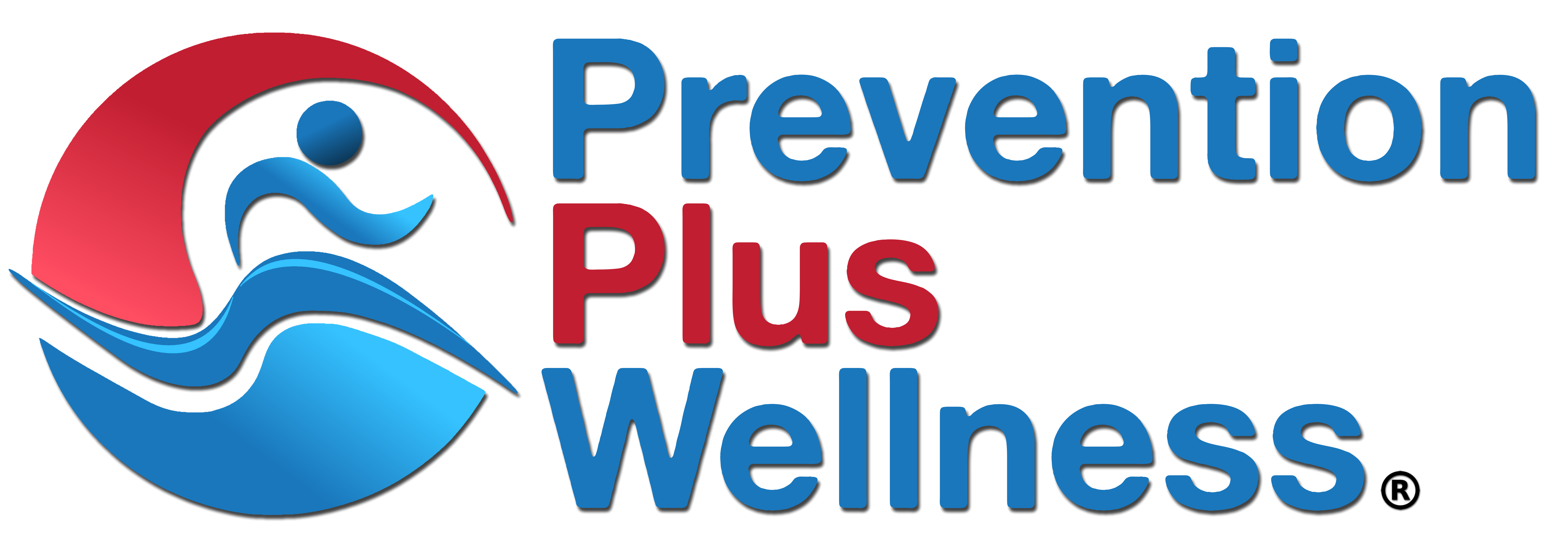According to the National Institute on Alcohol Abuse and Alcoholism (NIAAA), in 2019, 4.2 million adolescents reported that they had engaged in binge drinking at least once in the previous month.[1]
Adolescent alcohol use is a serious problem in the United States and is associated with a variety of negative consequences such as premature death and injury, increased risk of physical and sexual assault, having trouble in school or with the law, and increasing the likelihood of cognitive and learning problems. In addition, underage drinking is estimated to cost the U.S. $24 billion dollars a year.[2]
A surprising fact is that while male adolescents have historically had higher alcohol consumption rates, currently female high school students are more likely to drink alcohol and binge drink. Several factors that contribute to teen alcohol use include genetics, social and environmental factors, and personality. Below are three effective strategies for reducing teen alcohol use.
#1 Encourage more physical activity, but mindfully.
Exercise and physical activity are well-known protective factors against substance use and are associated with a variety of other wellness behaviors including a healthy diet and getting 8 or more hours of sleep a night.
When teens engage in more physical activity it can create a positive feedback loop that leads to other healthy behaviors. Physical activity is not only associated with improved health indicators such as lower likelihood of cardiovascular disease, but it also has mental health benefits such as reducing anxiety, depression and stress.
Participating in fun physical activities such as playing sports, running, jogging, bicycling, swimming, or walking for as little as 30 minutes can improve health outcomes.
While studies show that physically active adolescents have a reduced risk of tobacco and illicit drug use, greater physical activity is associated with increased alcohol use.[3] While seemingly counterintuitive, researchers attribute these finding to social influences of participating in competitive team sports.
Therefore, while physical activity has enormous benefits for adolescent wellbeing, being mindful of the fact that certain sports settings may increase risk for youth alcohol use can inform teachers, coaches and parents of the need for integrating alcohol use prevention within youth sports.
#2 Goal setting and goal plans.
Having youth create a goal plan that details ways they will improve healthy behaviors throughout the week is a great way to increase protective factors that will limit the potential for alcohol use.
Goal plans are an effective tool not only for forming new behaviors, but also help youth maintain their focus and allow them to measure their results.[4]
Creating a goal plan that includes avoiding alcohol use and increasing healthy habits such as eating a healthy breakfast, exercising a certain amount of time each day, getting 8 hours of sleep every night or practicing a stress control technique like yoga or meditation can have a considerable impact on reducing the risk of drinking alcohol.
However, it’s important that the goal plan include a specific, measurable goal and a way for keeping track of goal success. A further way to enhance the effectiveness of goal setting is to have a parent, teacher, or friend co-sign the plan to increase the impact of the plan and enhance its motivational influence. Lastly, rewards play an important role in shaping new health behaviors and teens should be encouraged to treat themselves with healthy rewards for achieving small goals.
#3 Evidence-based, prevention and physical activity interventions.
Studies show that school-based interventions that target substance use prevention while also addressing physical activity can influence multiple health risks of youth.[5]
These interventions involve engaging adolescents about their current health behavior, presenting them with feedback about the benefits of healthy behaviors and how alcohol use harms healthy habits, asking questions to increase youth self-reflection and modeling healthy behaviors.
These multi-behavior interventions can be carried out by prevention specialists, teachers, coaches, youth leaders and parents in as little as one 45-minute session. While surprising, brief interventions that engage teens about their health habits and have them reflect on how healthy and risk behaviors interact with each other can have a significant impact on reducing teen drinking and increasing wellness habits.
[1] https://www.niaaa.nih.gov/publications/brochures-and-fact-sheets/underage-drinking
[2] https://www.cdc.gov/alcohol/fact-sheets/underage-drinking.htm
[3] https://www.ncbi.nlm.nih.gov/pmc/articles/PMC6192057/
[4] https://positivepsychology.com/benefits-goal-setting/
[5] https://www.issup.net/knowledge-share/publications/2019-11/physical-activitys-role-youth-substance-use-and-mental-health

